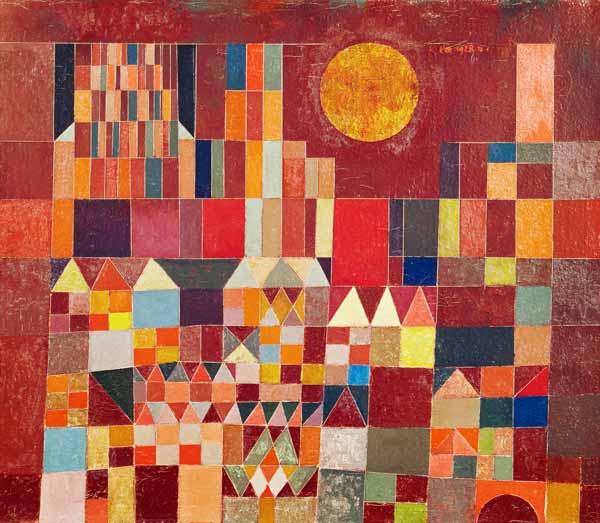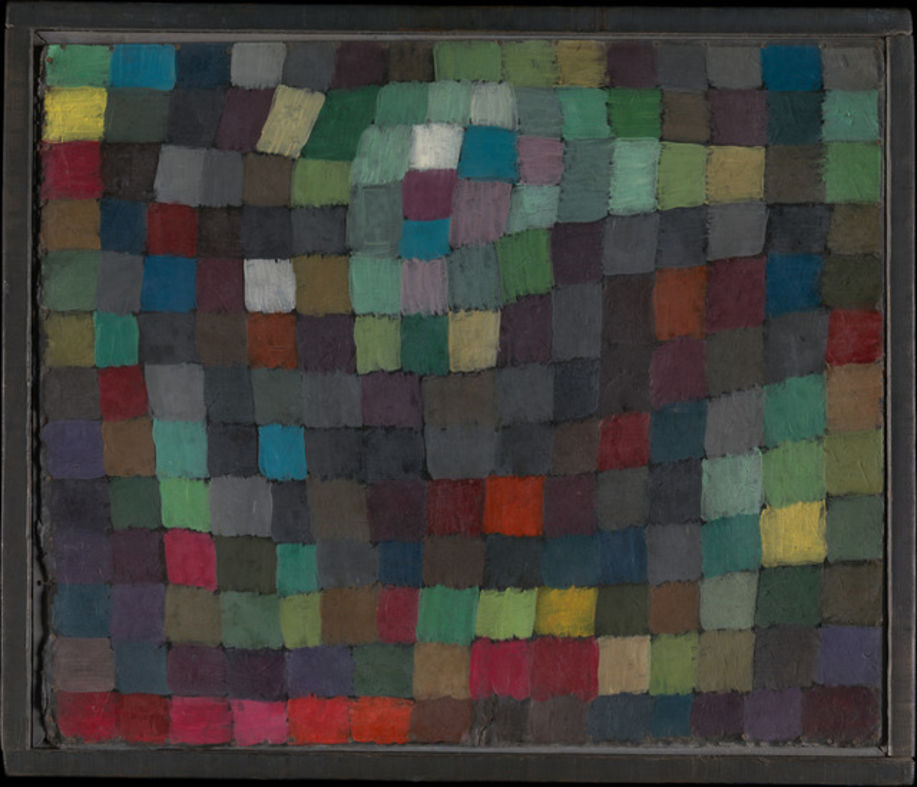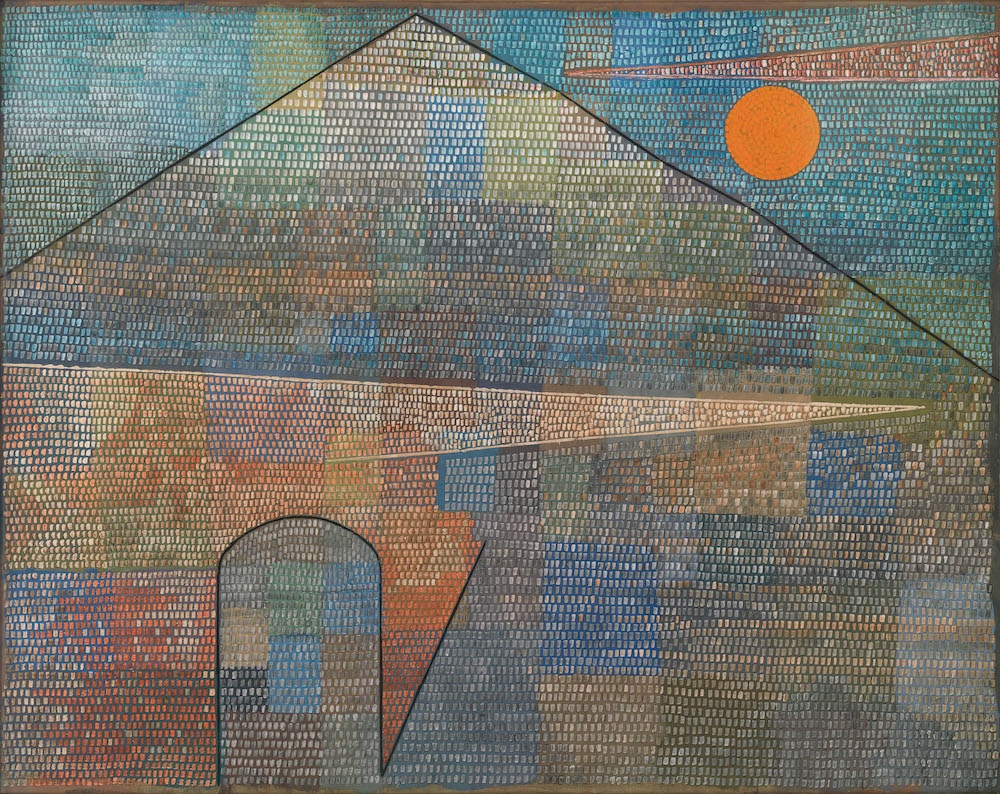Sensitive and refined artist, Paul Klee manages to realize the dream of transfiguring every kind of experience thanks to an in-depth study of the magical relationships between forms, ideas, places, and colors. He uses a new expressive language in which the abstract and the figurative give the observer the sensations of a composition in which objects appear immersed in a dreamy and evocative atmosphere.
Paul Klee: life and career
Raised with German father, musician, Klee begins to manifest his art precisely in music. He graduated from the Stuttgart Conservatory and became a violin teacher at the Bern Academy. Her passion for drawing, however, manifests itself since her childhood.

At the age of 20, he moved to Bavaria and to attend the Academy of Fine Arts in Munich. He held his first important exhibitions in Bern and Berlin. We are in the avant-garde years, where German expressionism mixes with the play of light and French colors.
The trip to Tunisia in 1914 was fundamental for the artist. Following this, there was a phase of a prolific production of watercolors. Klee didn’t stop painting even during the two years of enlistment.

In fact, he began to exhibit his works during the First World War. In 1920 he was invited by Walter Gropius to teach in his school of architecture, art and design in Germany.
But when Hilter came to power, the artist was forced to resign. The Nazi regime considered his art “degenerate.” He later left Germany and returned to his hometown.
The mysterious painting
An artist of intense spirituality, Klee believed that the material world represents only one of the many windows open to human knowledge. His use of drawing, of color, reveal his attempts to use art as an instrument of his philosophical conception.
Delacroix inspired the painter. Also impactful were Kandinsky and Goethe’s theories on color. These focus his attention on the “circular rhythm of color” in which there is a focus on the fundamental chromatic relationships.
Together with Macke, Kandinskij, and Marc he gives life to a movement called “Blue Cavalier” which aims to create art that presupposes an abstraction from reality without, however, precluding the immense range of human feelings.

Over the years, he manifested an interest in primitive art, childish expressiveness, and archaic cultures. These will give life to other enchanting and singular paintings. In these, in particular, the inspiration for an art dictated by an emotional need is manifested.
Klee’s artistic production has indelibly changed the course of modern art and influenced generations of painters. In fact, the artist is today among the great masters of art history.